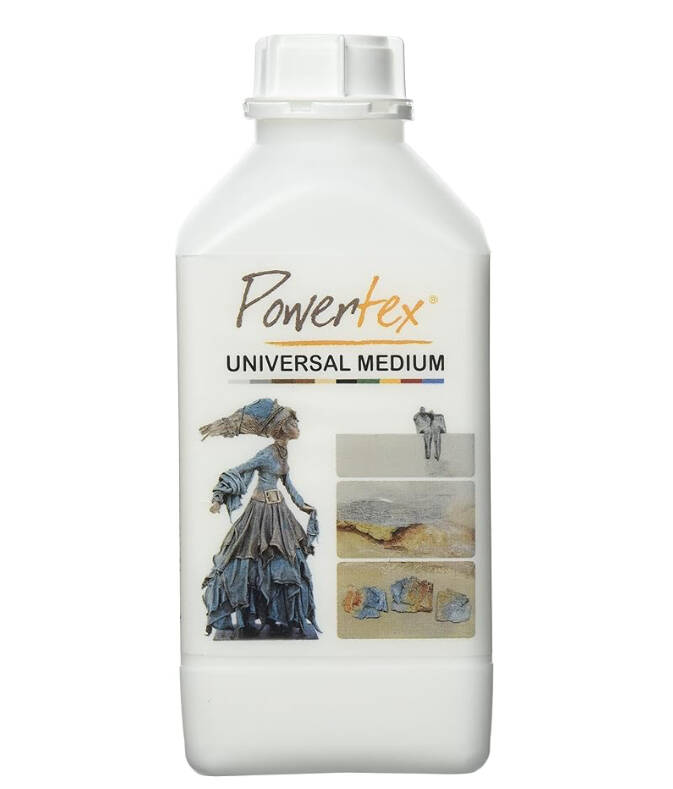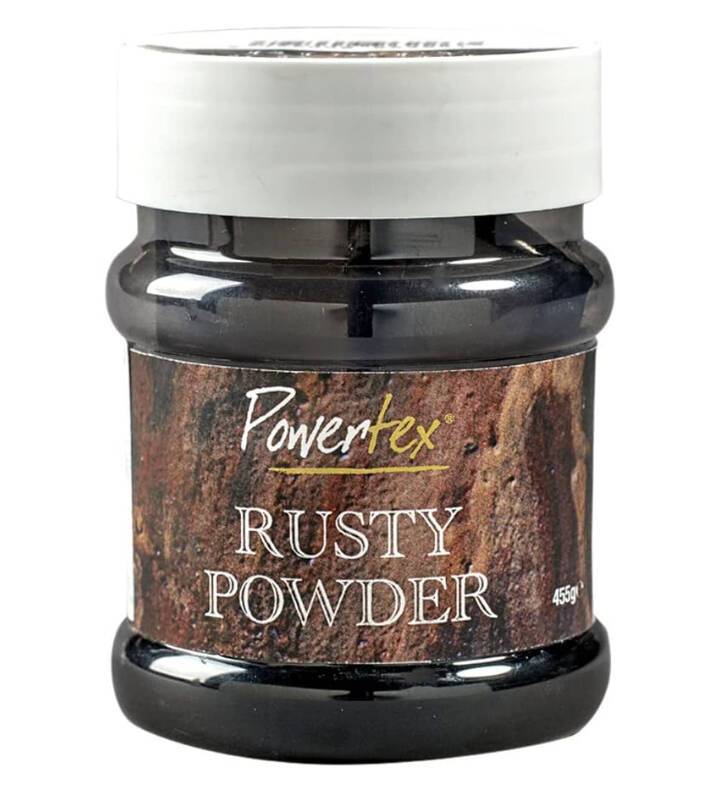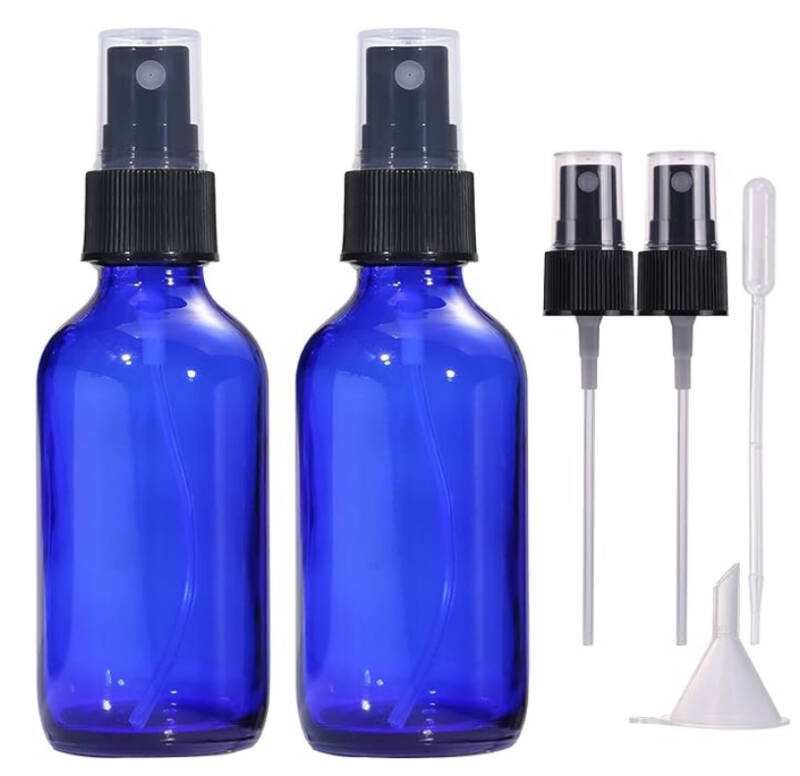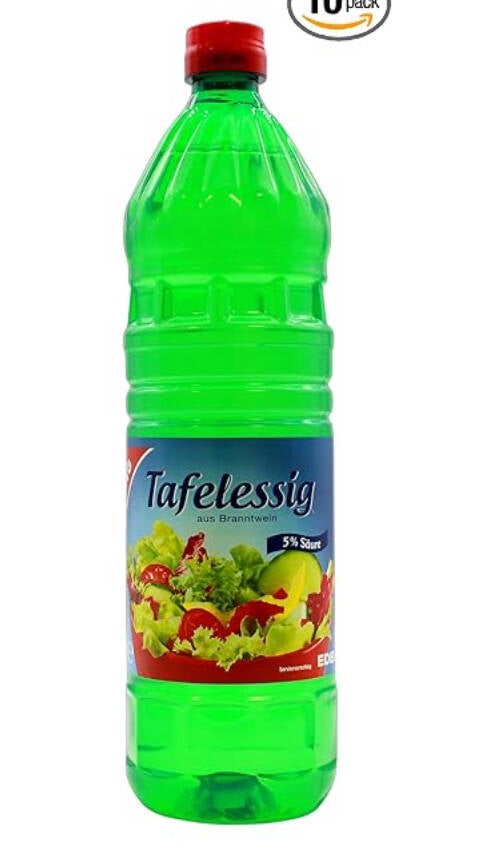
Stellen Sie sich eine Leinwand vor, die nicht nur mit leuchtenden Farben oder makellosen Linien geschmückt ist, sondern auch die Spuren der Zeit trägt, verwittert und abgenutzt vom unaufhaltsamen Lauf der Jahre – das schlichte Nebenprodukt der Oxidation, das üblicherweise Vernachlässigung und Verfall bedeutet. Doch in den Händen des Künstlers durchläuft Rost eine Metamorphose. Entdecken wir diesen transformativen Prozess: die Fähigkeit, Inspiration an den ungewöhnlichsten Orten zu finden, Schönheit in der Unvollkommenheit zu erkennen und vergessenen Elementen neues Leben einzuhauchen.
RusRost, die Folge der Oxidation von Eisen in Gegenwart von Feuchtigkeit und Sauerstoff, ist ein allgegenwärtiges Phänomen, das in zahlreichen Umgebungen auftritt. Von im Freien den Witterungseinflüssen ausgesetzten Metallgegenständen über Industriemaschinen bis hin zu Haushaltsgegenständen – Rost kann überall dort entstehen, wo Eisen oder Eisenlegierungen vorhanden sind. Als künstlerisch veranlagter Freigeist können Sie sich dieses, meiner Meinung nach, schönen Phänomen zunutze machen.
Auf den ersten Blick mag Rost Assoziationen mit Verfall, Vernachlässigung oder Verlassenheit wecken. Bei genauerer Betrachtung jedoch fesseln die komplexen Muster und Strukturen, die der Rost bildet, das Auge und offenbaren eine Schönheit, die aus dem Oxidationsprozess entsteht. Der Betrachter mag sich von den satten Farben, den filigranen fraktalen Strukturen und der in der Oberfläche verborgenen Geschichte angezogen fühlen.

Je nach Korrosionsgrad kann sich die Oberfläche rau oder uneben anfühlen und so ein Gefühl von Textur und Tiefe vermitteln. Dieses haptische Erlebnis eröffnet eine weitere Dimension interaktiver Kunst.
Manche mögen in der allmählichen Verwandlung von Metall in Rost etwas Poetisches finden, andere wiederum eine Metapher für den Lauf der Zeit und den unausweichlichen Kreislauf von Schöpfung und Zerstörung erkennen.
Rostpaste herstellen
– Schritt-für-Schritt-Anleitung
Rostpaste selbst herzustellen ist einfacher als Sie denken. Es ist sogar kinderleicht. Wenn Sie die folgenden Schritte befolgen, gelingt es Ihnen garantiert.
DIE ZUTATEN

1. Vermischen Sie den Textilhärter mit dem Rostpulver.
Geben Sie so viel Rostpulver hinzu, bis ein mittel- bis dunkelgrauer Farbton entsteht.
Verwenden Sie beim ersten Mal weniger Textilhärter und Rostpulver, insbesondere wenn Sie die Paste nur dünn auf Leinwand oder Skulpturen auftragen möchten.
2. Mischen Sie Haushaltsessig und Wasser im Verhältnis 1:1 (50 ml Haushaltsessig + 50 ml Wasser) und füllen Sie die Mischung in Ihre Sprühflasche.
3. Tragen Sie die Paste mit einem Spachtel auf die Oberfläche auf, die Sie rostig aussehen lassen möchten.
Sie können auch einen Pinsel verwenden, müssen diesen aber gründlich reinigen. Sie arbeiten schließlich mit echtem Rost.
Das Gleiche gilt für das Spülbecken, in dem Sie Ihre Gebrauchsgegenstände reinigen.
4. Besprühen Sie die Rostpaste mit einer dünnen Schicht Ihrer Essig-Wasser-Mischung.
Für dunklere Roststellen können Sie reines Rostpulver darüber streuen.
5. Warten Sie die Oxidation ab. Der Vorgang dauert einige Stunden, aber es ist besser, einen Tag zu warten, um sicherzugehen, dass es vollständig trocken ist.
6. Lassen Sie Ihrer Kreativität mit der rostigen Oberfläche freien Lauf. Sie können Ölfarben darauf auftragen, um faszinierende, unterschiedliche Texturen zu erzeugen.
Die Verwendung von echtem Rost als Medium eröffnet einzigartige und anregende Ausdrucksmöglichkeiten.
Die Auseinandersetzung mit einer Rostoberfläche ist eine sinnliche Reise, die unsere Wahrnehmung herausfordert, Emotionen weckt und zum Nachdenken anregt.
Wenn wir am Ende auf unsere Reise durch die Welt der Rostkunst zurückblicken, sollten wir eine neue Wertschätzung für die Schönheit in uns tragen, selbst in den ungewöhnlichsten Formen. Lassen wir uns weiterhin von dem Übersehenen und Ungewöhnlichen inspirieren und dem Vergänglichen und Flüchtigen Bedeutung verleihen. Und wenn wir unsere eigenen kreativen Projekte angehen, sollten wir uns stets daran erinnern, dass Kunst keine Grenzen kennt und Schönheit in jeder verrosteten Oberfläche verborgen liegt, die darauf wartet, entdeckt und gefeiert zu werden.






Kommentar hinzufügen
Kommentare